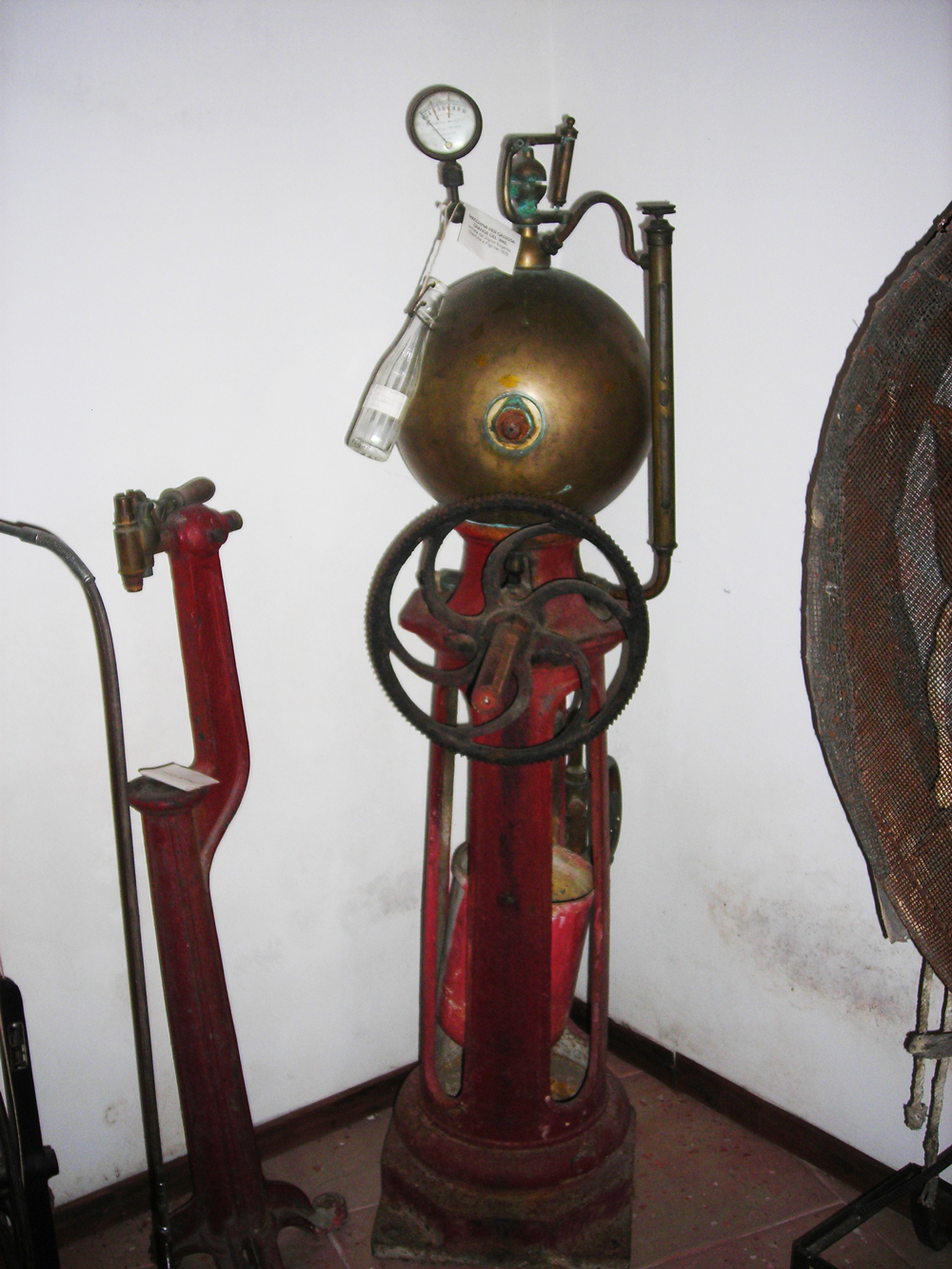
This fizzy lemon drink machine belongs to the ethno-anthropological section. It was used up to the Sixties to make the fizzy lemon drink.

This embalmed tiger is scientifically called Phylum: Chordata. Subphylum: Vertebrate. Class: Mammalia. Order: Carnivorous. Family: Felidae.

This very important and valuable artifact whose BUST dates from 1521 and the BASE from 1669-1670, is made of SILVER AND MATERIAL GILDED WITH EMBOSSED AND CHISELED FOIL. This reliquary bust of St. Anne was made by commission of Isabella Moncada, wife of Simone I Ventimiglia, as can be seen in the inscription at the […]
U sciuquaturi is rectangular in shape it is used to dry manna.
The half mound has a cylindrical shape; in the upper part
Container for bread, shaped like a barrel, which is provided with an opening called “a vucca” (mouth) and a circular base also called “u funni” (bottom), while the central part is called “a panza” (belly), the cover, “a cufunedda” is also made of olive or willow branches. The dimensions vary.
A wood basin that was used in rural communities to wash clothes and children.
The mannaruolo is a special bill-hook-shaped knife. It is suitable for cutting ash because it allows one hand to control the point of incision and the other to direct the groove. The Rasula is a tool shaped like a small shovel that is used to scrape the manna that has dripped and solidified on the […]
Manna is primarily a natural sweetener and a mild laxative without any contraindications. It is particularly suitable in early childhood, the very old and debilitated people and people recovering from a disease; it is generally administered in milk. It regulates and refreshes the intestine, cleanses the digestive system from toxins and eliminates heaviness due to […]
Usually the first cut is done around the middle/end of July. During this time the scalzatura (or squasatura) is done. It consists in removing the ground around the trunk to lay bare the upper part of the larger roots; this helps the plant to enter a condition of water stress necessary for production. To find […]